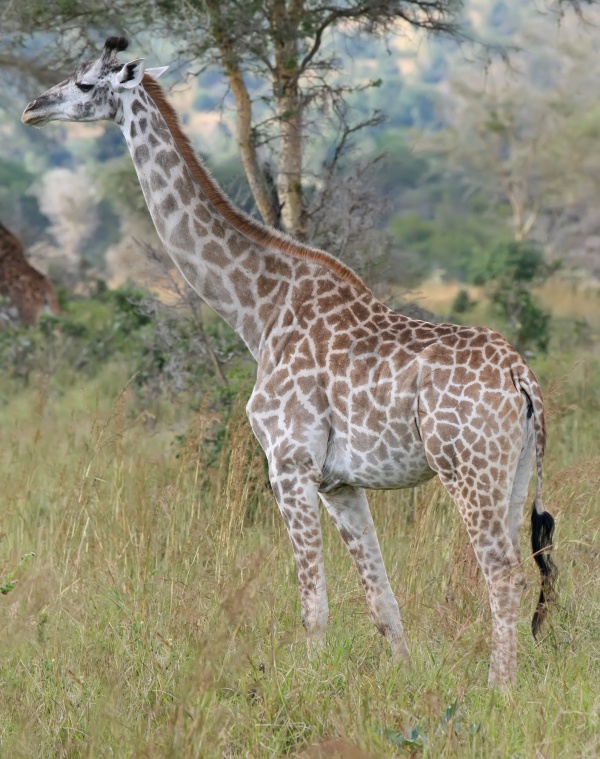Facts About Giraffe
The giraffe, scientifically known as Giraffa camelopardalis, is a fascinating African mammal recognized as the tallest land animal and the largest ruminant. Traditionally considered a single species with nine subspecies, recent genetic studies suggest that there may be multiple species of giraffes. These gentle giants are renowned for their long necks and legs, horn-like structures called ossicones, and distinctive coat patterns. They belong to the Giraffidae family, sharing it with their closest living relative, the okapi.
Giraffes primarily inhabit the savannas and woodlands of Africa, feeding on leaves, fruits, and flowers of woody plants, particularly acacias. Despite their impressive size, they face threats from predators such as lions, leopards, hyenas, and wild dogs. Giraffes are social creatures, often seen in herds composed of related females and their young, or in bachelor groups of adult males. Males establish social hierarchies through "necking" a behavior in which they use their necks in combat.
Throughout history, giraffes have captivated various cultures, frequently appearing in art, literature, and popular media. Unfortunately, giraffes are now classified as vulnerable to extinction by the International Union for Conservation of Nature (IUCN), primarily due to habitat loss, hunting, and other threats. Conservation efforts are ongoing, with an estimated 97,500 giraffes remaining in the wild as of 2016. Fossil records also indicate that numerous extinct giraffe species once roamed the Earth.
Giraffes possess several unique anatomical features, including their long necks, prehensile tongues, and ossicones. Their internal systems, such as the circulatory and digestive systems, are specially adapted to their large size and lifestyle. These animals exhibit complex behaviors, including intricate social interactions, reproduction, and parental care. One notable behavior is "necking" where males engage in battles to establish dominance.
Humans have had a long-standing relationship with giraffes, prominently featuring them in art, folklore, and cultural practices. Although giraffes have been hunted for various reasons, many countries now protect them by law. Sanctuaries and reserves play a crucial role in safeguarding giraffe populations, and ongoing monitoring and conservation efforts are essential to ensure these majestic creatures continue to thrive in the wild. Giraffes are even celebrated as the national animal of Tanzania, underscoring their significance and the importance of their conservation.

 Democratic Republic of the Congo
Democratic Republic of the Congo